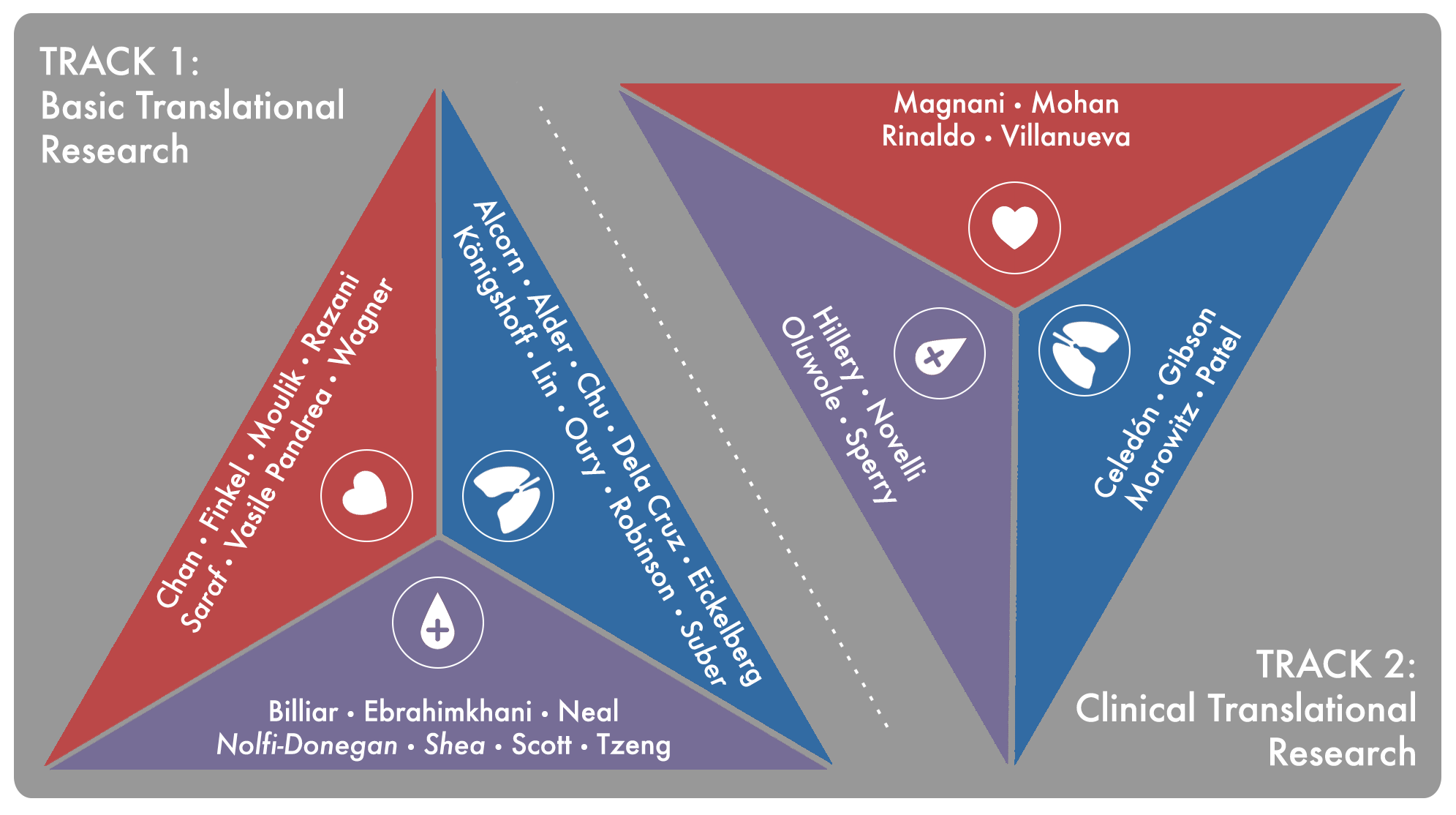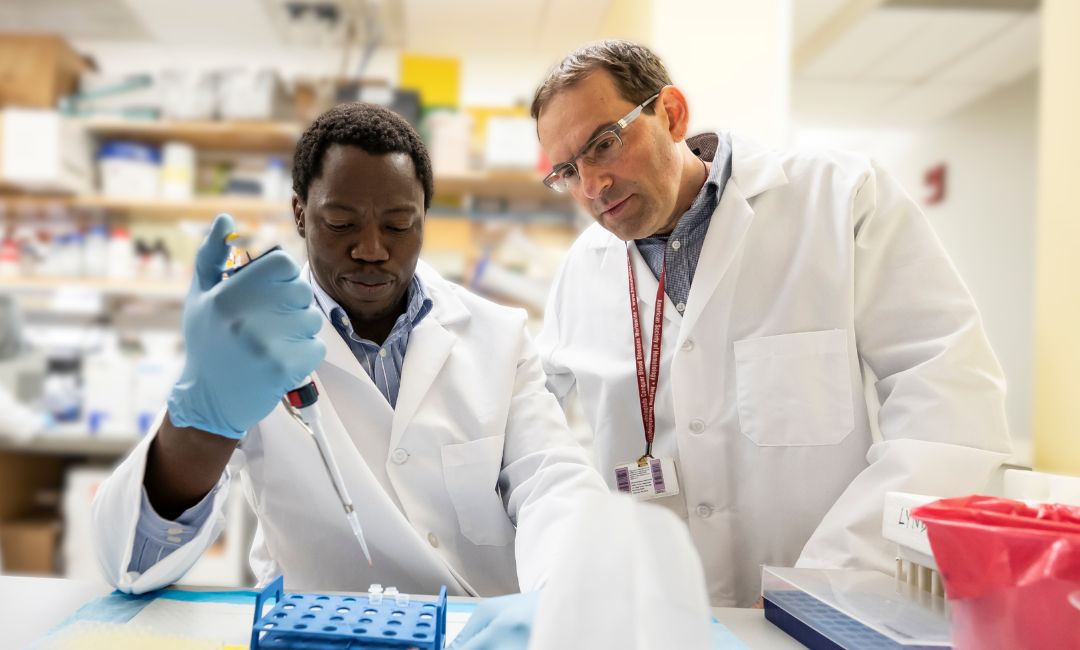The clinician-investigator workforce is critical for advancing medical knowledge and improving health outcomes, yet clinician investigators remains to be a strikingly small percentage of those involved in biomedical research. Despite thousands of new physicians entering practice each year, relatively few pursue research careers during or after training. National reports have underscored the urgent need for new pathways that not only attract more physicians into research but also provide them with the mentorship, protected time, and structured opportunities necessary to succeed.
To address this, the NIH established the Stimulating Access to Research in Residency, or StARR, R38 program in 2017. The University of Pittsburgh, through the Pittsburgh Innovation in Collaborative Training of Residents (PICTOR) Alliance, was one of the first institutions to apply and receive R38 funding to foster the career development of future physician scientists. Established in 2020, the PICTOR R38 program is a joint initiative of the Departments of Medicine, Pathology, Pediatrics, and Surgery at the University of Pittsburgh. Its overarching goal is to recruit, retain, and accelerate the independence of resident-investigators who are committed to advancing research in the heart, lung, blood, and sleep fields. By embedding structured research training into residency – a period traditionally dominated by clinical responsibilities – PICTOR provides a vital pathway for residents who aspire to careers as clinician-investigators.
Each year, up to four residents are selected for one of two tracks in either basic translational research, where participants explore molecular and cellular mechanisms of disease, regenerative biology, and the foundations of new therapies, or clinical translational research, where participants investigate patient-oriented questions, from genomic predictors of treatment response to the impact of sleep and comorbidities on cardiopulmonary outcomes.
The program is intentionally immersive. Resident-Investigators begin with concentrated training tailored to their track, ranging from core life sciences to biostatistics, before engaging in mentored research projects designed around their individual interests and career goals. Each participant is supported by an interdisciplinary mentorship team that spans multiple departments, fostering collaboration across fields. In addition to technical training, PICTOR emphasizes professional and personal development, incorporating peer teaching, self-reflection, and team-building exercises that build resilience and cultivate a community of young clinician-scientists.
“In residency, protected time and the right mentors change what’s possible,” notes PICTOR director, Charles Dela Cruz, MD, PhD. “With PICTOR, we’re building a durable pathway for residents to ask big questions and giving them the tools and community to answer them.”
Since its launch, PICTOR has supported 14 residents representing all four departments, who together have produced 28 publications and advanced to competitive fellowships and prestigious NRSA T32 training grants. These outcomes demonstrate not only the program’s ability to nurture high-caliber research but also its success in preparing residents for long-term careers as physician-scientists.
By integrating rigorous scientific training with the realities of clinical residency, PICTOR offers an innovative and sustainable model for addressing the national shortage of clinician-investigators. Its graduates are poised to shape the future of heart, lung, and blood research by translating discoveries at the lab bench into improved patient outcomes at the bedside, advancing both science and health across the lifespan.
Applications for 2026 will open on November 17, 2025. To learn more about the PICTOR program, visit the website or contact Charles Dela Cruz, MD, PhD.


